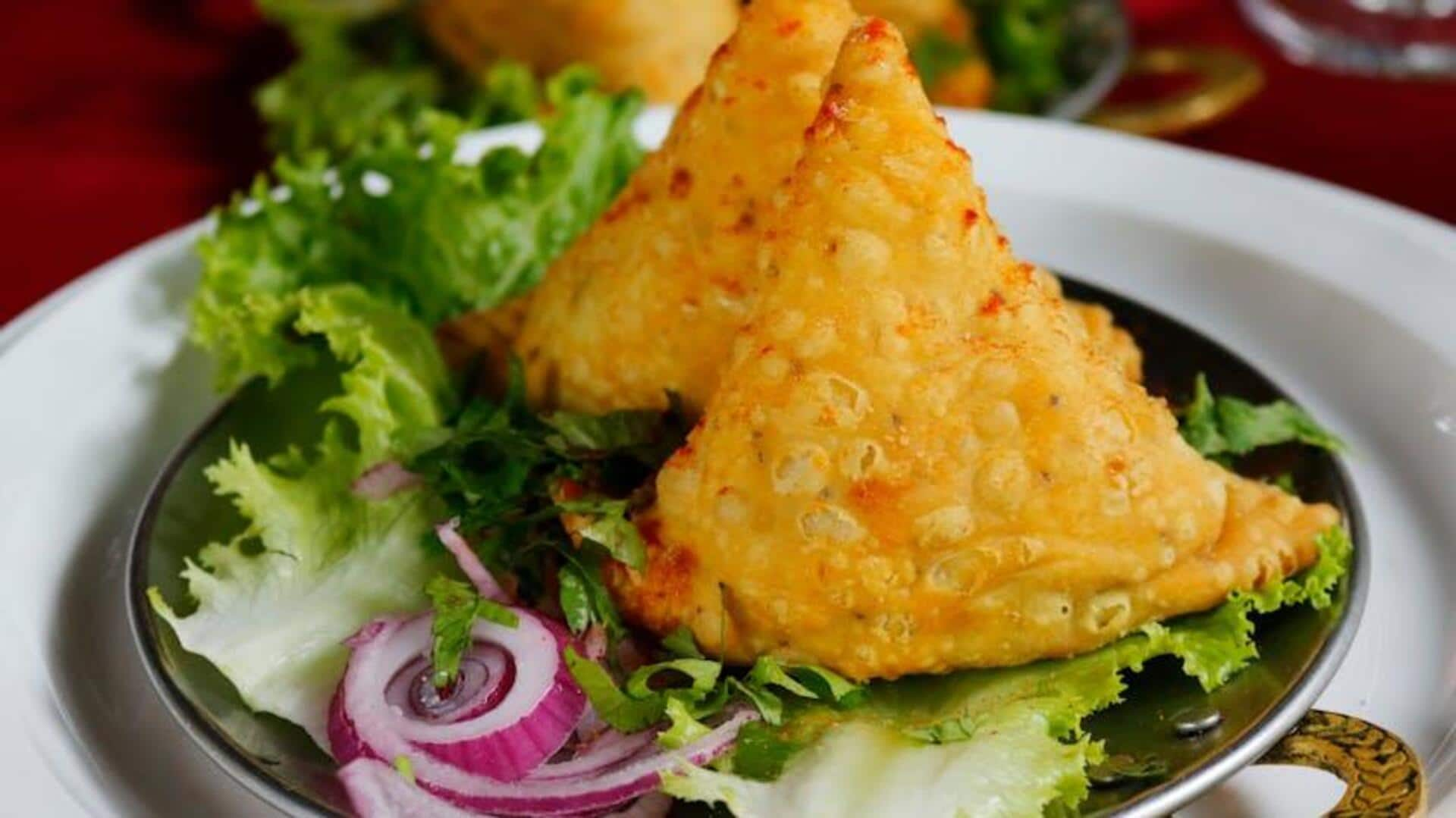
Samosa's journey: Origin, history, and variations
What's the story
Though the samosa is a much-loved snack today, its history is as rich as its taste. Dating back to ancient Persia, the samosa was originally known as sanbosag. It was a dish savored by both royalty and commoners. Eventually, this savory pastry traveled through trade routes and migrations, adapting to local flavors and ingredients. Its journey from Persia to many parts of the world, is a testament to its versatility and timelessness.
Early days
The Persian beginning
In Persia, the samosa was stuffed with minced vegetables or lentils and wrapped in thin pastry sheets. It was usually served at royal banquets as an appetizer or snack. The simple preparation made it accessible to a number of households, which allowed it to spread quickly across regions.
Transformation in India
Indian adaptation
Upon coming to India in the medieval period, the samosa underwent remarkable changes. Local cooks started giving it a desi twist with indigenous spices and ingredients, particularly potatoes and peas, making it so much tastier. This major culinary shift not only enhanced its flavor but also cemented its place as an all-time favorite in Indian cuisine. It speaks volumes of its versatility and appeal across cultures.
Worldwide influence
Global spread
With globalization and migration, the samosa found new homes across continents. In Africa, Europe, and North America, various cultures adopted this snack, adding their own twists to it. Whether baked or fried, stuffed with cheese or vegetables, each version mirrors local culinary traditions while staying true to its roots.
Contemporary twists
Modern variations
Today's samosas take on different shapes and sizes with innovative fillings like paneer or sweet variants like chocolate for dessert versions. These contemporary-day takes suit different palates while keeping the spirit of what makes a samosa delicious alive—a crispy outer shell with flavorful fillings that offer you a taste of history with every bite.